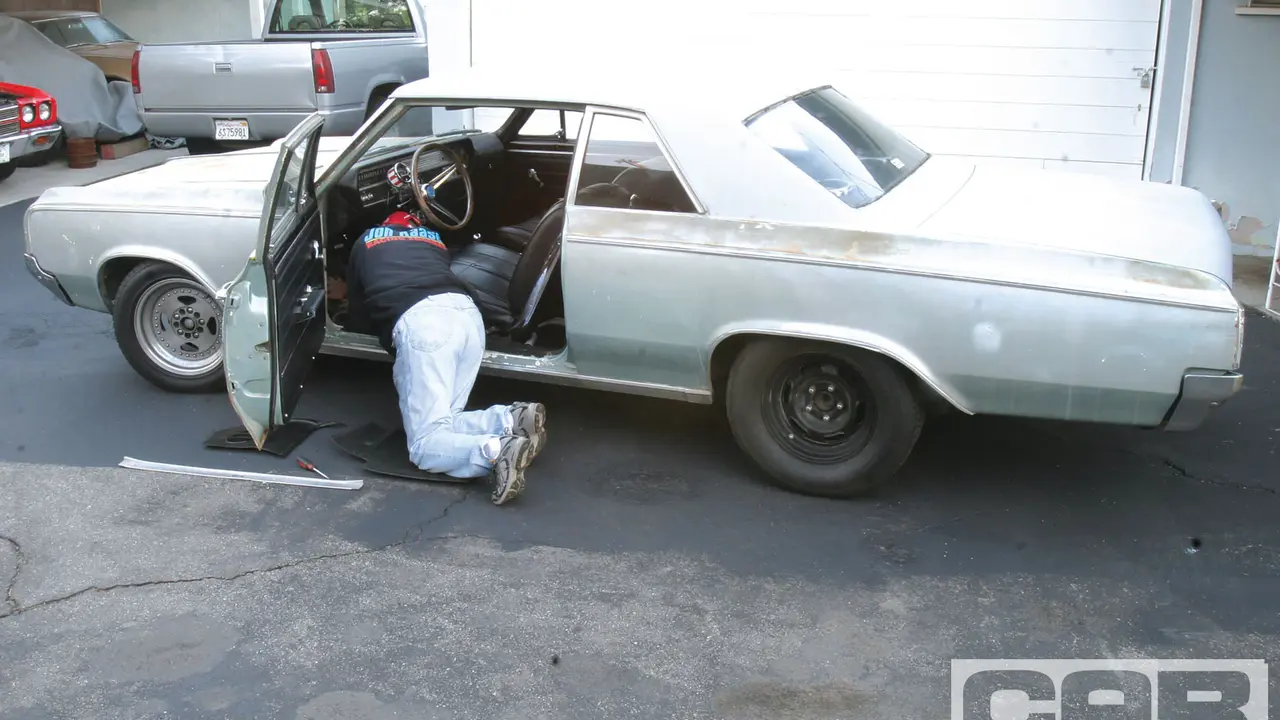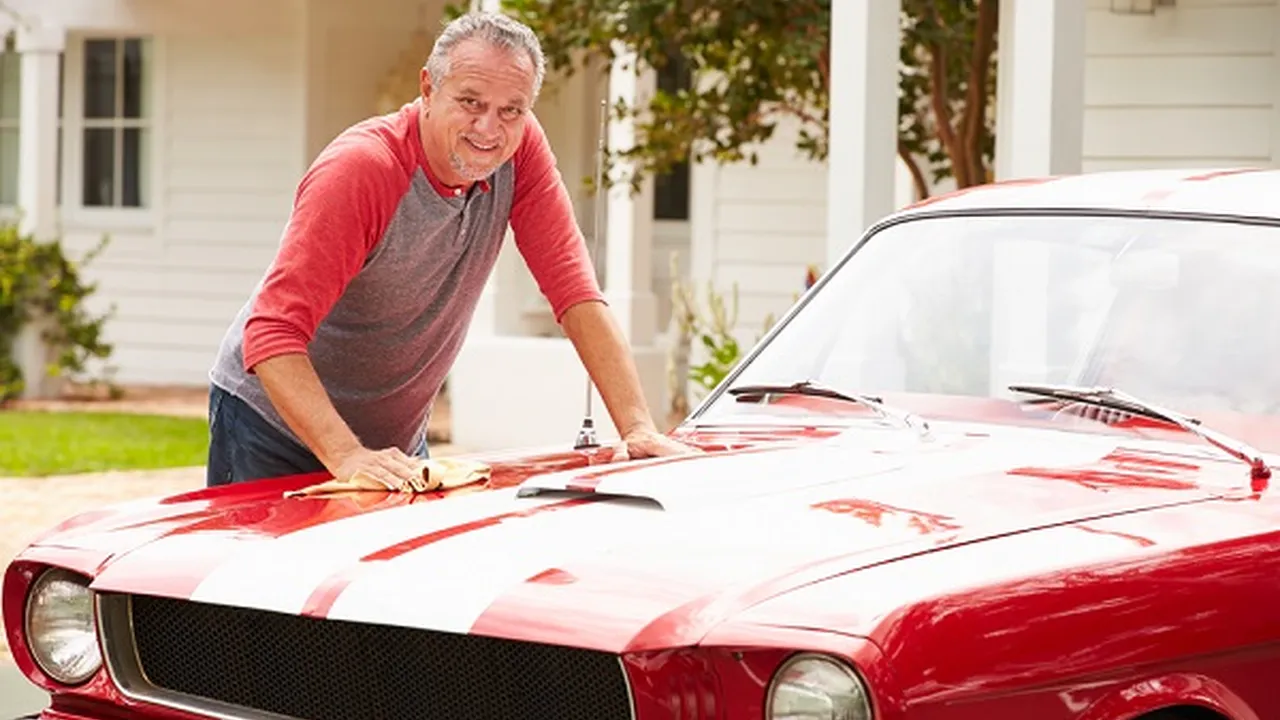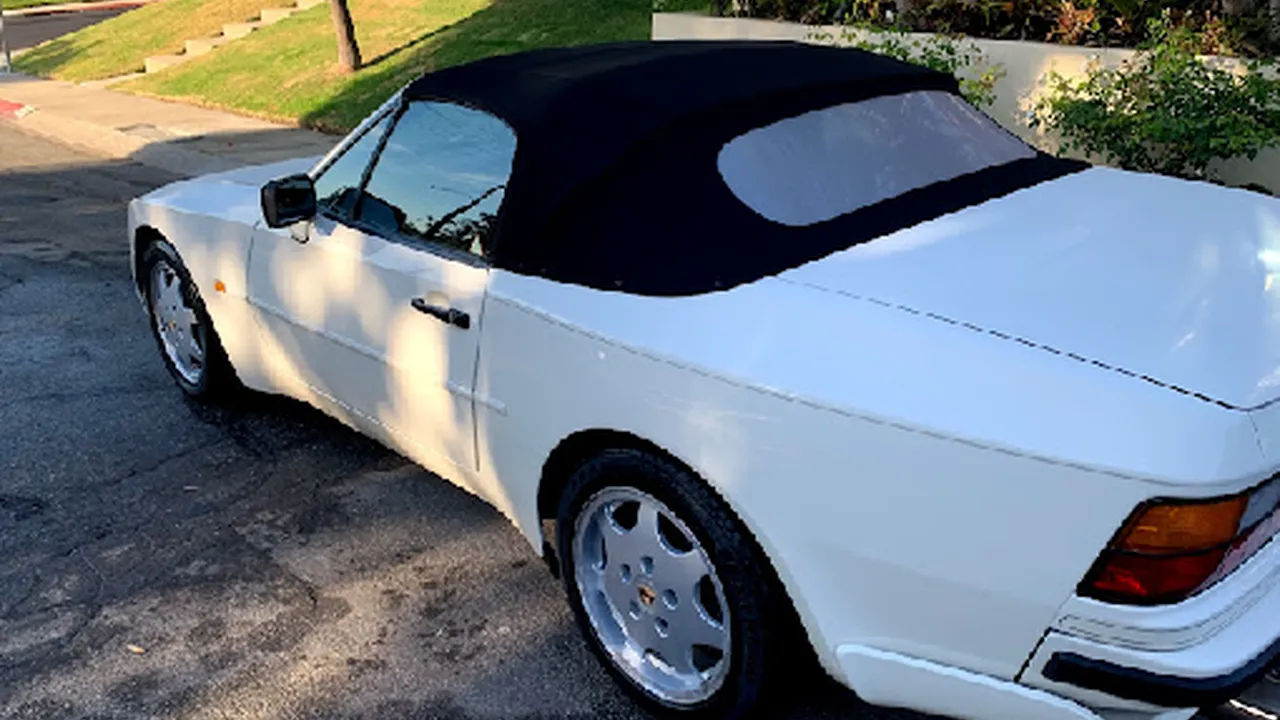7 Common Bodywork Mistakes and How to Avoid Them
Discover the common pitfalls in classic car bodywork and paint restoration Learn from the mistakes of others and ensure a professional-quality finish Save time money and frustration

Introduction to Classic Car Bodywork Restoration Pitfalls
So, you're diving into the world of classic car bodywork and paint restoration? Awesome! It’s a rewarding journey, transforming a rusty relic into a gleaming beauty. But, let’s be real, it's also a minefield of potential mistakes. I've seen (and made!) my fair share of blunders, and I'm here to help you steer clear of the most common ones. This isn’t just about aesthetics; it’s about preserving history and ensuring your investment lasts. Let's get started!
Mistake 1: Inadequate Surface Preparation for Auto Painting
The Problem: This is the foundation of any good paint job. Skimping on prep work is like building a house on sand – it might look good initially, but it’ll crumble. Ignoring rust, not properly sanding, or failing to degrease the surface can lead to paint peeling, bubbling, and a generally terrible finish.
The Solution: Patience, my friend! Start with a thorough cleaning using a wax and grease remover. Inspect for rust and treat it properly (more on that later). Sand the entire surface to create a "tooth" for the primer to grip. Use different grits of sandpaper, starting with a coarser grit to remove imperfections and finishing with a finer grit for a smooth surface. Don't forget to tack cloth the surface before priming to remove any remaining dust. Investing in quality sandpaper and cleaning products is worth it.
Product Recommendations:
- 3M Automotive Masking Tape: Essential for crisp lines and preventing overspray. Around $10-$15 per roll.
- DuPont Wax and Grease Remover: A reliable and effective cleaner. Expect to pay $20-$30 per quart.
- Norton Sandpaper Assortment Pack: Provides a range of grits for different stages of surface preparation. About $30-$40 for a pack.
Comparison: Cheaper masking tapes might leave residue. Cheaper wax and grease removers might not clean thoroughly, and cheaper sandpaper will wear out quickly and inconsistently. Spending a little more on quality products pays off in the long run.
Mistake 2: Ignoring Rust Repair and Corrosion Prevention
The Problem: Rust is the classic car's nemesis. Ignoring it is like ignoring a ticking time bomb. It'll spread, weaken the metal, and eventually require even more extensive (and expensive) repairs.
The Solution: Treat rust aggressively! Start by removing loose rust with a wire brush or grinder. Then, use a rust converter to neutralize the remaining rust and prevent further corrosion. For larger rust holes, you'll need to weld in new metal. Properly prime and seal the repaired area to prevent moisture from getting in. Consider using cavity wax inside enclosed areas like rocker panels and frame rails to provide long-term protection.
Product Recommendations:
- POR-15 Rust Preventive Coating: A popular and highly effective rust preventative coating. $30-$40 per quart.
- Eastwood Rust Encapsulator: Another excellent rust converter and primer. Around $25-$35 per quart.
- 3M Body Filler: For filling small dents and imperfections after rust repair. $20-$30 per quart.
Comparison: POR-15 is known for its extreme durability, but requires careful application. Eastwood Rust Encapsulator is more user-friendly. Cheaper body fillers can shrink and crack over time, so invest in a quality brand like 3M.
Mistake 3: Improper Welding Techniques for Car Body Panels
The Problem: Welding is a crucial skill for bodywork. Poor welding can lead to weak seams, distortion of the metal, and a messy appearance. Burn-through, excessive heat, and lack of penetration are common issues.
The Solution: Practice, practice, practice! Learn the proper welding techniques for thin sheet metal. Use a MIG welder with the correct settings for the metal thickness. Weld in short bursts to minimize heat buildup. Overlap your welds slightly for added strength. Grind down the welds smoothly after they cool. Consider taking a welding class to improve your skills.
Product Recommendations:
- Lincoln Electric Power MIG 210MP: A versatile MIG welder suitable for automotive applications. $1000-$1200.
- Hobart Handler 140: A more affordable MIG welder for beginners. $500-$700.
- Welding Helmet with Auto-Darkening Lens: Essential for eye protection and visibility. $100-$200.
Comparison: The Lincoln Electric Power MIG 210MP offers more features and power, but the Hobart Handler 140 is a great entry-level option. An auto-darkening welding helmet is a must-have for comfort and safety.
Mistake 4: Mismatched Body Filler Application and Sanding Techniques
The Problem: Body filler is used to smooth out imperfections, but applying too much or sanding it incorrectly can create more problems than it solves. Leaving air pockets, applying filler too thick, and sanding unevenly are common mistakes.
The Solution: Apply body filler in thin layers, allowing each layer to dry completely before applying the next. Use a plastic spreader to apply the filler smoothly and evenly. Sand the filler with progressively finer grits of sandpaper, starting with a coarser grit to remove excess filler and finishing with a finer grit to smooth the surface. Use a sanding block to maintain a flat surface. Take your time and check your work frequently.
Product Recommendations:
- 3M Body Filler Applicator Set: A variety of spreaders for different applications. $15-$25.
- Durablock Sanding Blocks: Provides a flat and even sanding surface. $20-$30 per set.
- Sanding Guide Coat: Helps to identify high and low spots during sanding. $15-$20 per can.
Comparison: A good set of spreaders will make application easier. Durablock sanding blocks are durable and provide excellent control. A sanding guide coat is invaluable for achieving a perfectly smooth surface.
Mistake 5: Choosing the Wrong Primer and Paint System for Automotive Refinishing
The Problem: Using the wrong primer or paint system can lead to adhesion problems, color mismatch, and a poor finish. Not understanding the different types of primers and paints is a common mistake.
The Solution: Research the different types of primers and paints available and choose the ones that are best suited for your project. Use a primer that is compatible with the paint you are using. Apply the primer in thin, even coats. Allow the primer to dry completely before applying the paint. Use a paint system that is designed for automotive applications. Consider using a two-part epoxy primer for maximum durability and corrosion resistance.
Product Recommendations:
- PPG Delfleet Essential Primer: A high-quality primer suitable for a variety of applications. $40-$50 per quart.
- Sherwin-Williams Automotive Finishes: A comprehensive line of automotive paints and clear coats. Prices vary depending on the product.
- Devilbiss Spray Gun: A professional-grade spray gun for achieving a flawless finish. $300-$500.
Comparison: PPG and Sherwin-Williams are reputable brands with excellent color matching capabilities. A high-quality spray gun is essential for achieving a professional-quality finish. Cheaper spray guns can produce uneven spray patterns and lead to wasted paint.
Mistake 6: Inadequate Spray Painting Techniques and Equipment Calibration
The Problem: Spray painting is an art. Poor technique, incorrect spray gun settings, and improper booth ventilation can result in runs, sags, orange peel, and other imperfections. Dust and debris contamination can ruin the paint job.
The Solution: Practice your spray painting technique on a test panel before painting your car. Adjust the spray gun settings (air pressure, fluid flow, and fan width) to achieve a consistent spray pattern. Maintain a consistent distance from the surface and overlap your passes by 50%. Ensure proper booth ventilation to remove overspray and contaminants. Use a tack cloth to remove any remaining dust from the surface before painting.
Product Recommendations:
- HVLP Spray Gun Cleaning Kit: Keeps your spray gun clean and functioning properly. $20-$30.
- Spray Booth Filters: Prevents dust and debris from contaminating your paint job. $10-$20 per filter.
- Air Compressor with Moisture Separator: Provides clean and dry air for spray painting. $200-$400.
Comparison: A clean spray gun is essential for a good paint job. Spray booth filters help to create a clean environment. An air compressor with a moisture separator prevents water and oil from contaminating the paint.
Mistake 7: Neglecting Proper Clear Coat Application and Polishing Processes
The Problem: Clear coat protects the base coat and provides a glossy finish. Applying it incorrectly or skipping the polishing process can leave the finish looking dull and uneven. Orange peel, runs, and sags are common problems.
The Solution: Apply the clear coat in thin, even coats, allowing each coat to dry completely before applying the next. Use a high-quality clear coat that is compatible with the base coat. Sand the clear coat with progressively finer grits of sandpaper to remove any imperfections. Polish the clear coat with a polishing compound to achieve a high-gloss finish. Use a buffer with a soft polishing pad to avoid damaging the paint.
Product Recommendations:
- Meguiar's Ultimate Compound: A popular polishing compound for removing scratches and swirl marks. $15-$25.
- Meguiar's Ultimate Polish: A finishing polish for achieving a high-gloss finish. $15-$25.
- Dual Action Polisher: A safe and effective tool for polishing paint. $100-$200.
Comparison: Meguiar's is a reputable brand with a wide range of polishing products. A dual-action polisher is less likely to damage the paint than a rotary polisher.
:max_bytes(150000):strip_icc()/277019-baked-pork-chops-with-cream-of-mushroom-soup-DDMFS-beauty-4x3-BG-7505-5762b731cf30447d9cbbbbbf387beafa.jpg)






